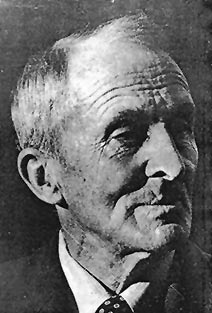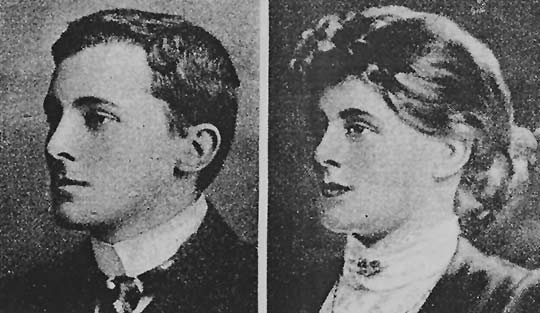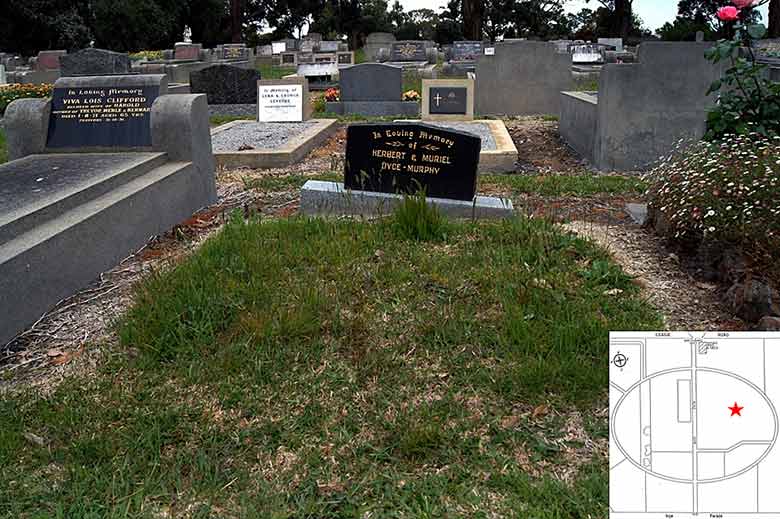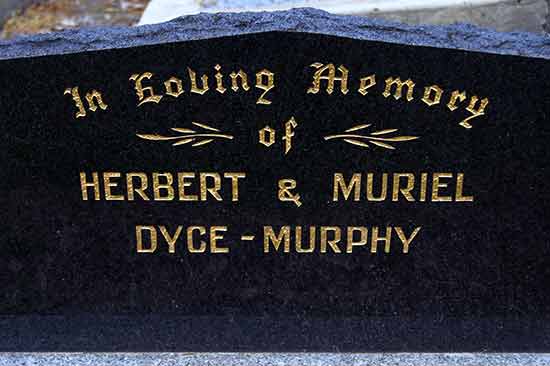Herbert Dyce-Murphy -
Adventurer, "Lady" Spy, Sailor, Raconteur

Born in 1879 in the family home "Como", Herbert Dyce Murphy was the son of wealthy squatter parentage. His family owned a large station Northampton Downs in Queensland.
He was the grandson of Sir Francis Murphy first Speaker in the Victorian Parliament in 1856 and was educated at Melbourne Grammar and also in England. But at the age of 16 Herbert fell out with his family when he refused to work on the land and instead promptly shipped as a seaman with a clipper on the Loch line.
In his spare time as a clipper mate, he studied and won a scholarship to Oxford where he graduated at the age of 22. While he was at university Herbert claimed British Intelligence recruited him as a lady spy, after seeing him in a university play playing the part of a young woman.

An unknown artist painted this portrait (right) of
Murphy
in disguise as a woman for the Secret Service
Herbert lived for several years as a woman and claimed to have worked for the War Office for five years studying the railway system in France as Edith Murphy. Several books on his life, have been written.
He claims he next shipped out on a two year journey on a whaler.
He deserted in New Zealand, but on returning home was received coolly by his family in Melbourne, now aware of his transvestite activities.
He returned to Europe and invested and worked in Norwegian Whaling.
In 1908 he was rejected when he volunteered for Ernest Shackleton’s Antarctic expedition, but accepted by Sir Douglas Mawson for his 1911-14 expedition.
He served in the First World War for a short time, being discharged due to inferior vision.
He moved to Mount Martha where he became a member of St. Peter’s church and a Shire Councillor in 1926-1936.
He was the Mornington Shire President in 1932-33.
He was a skilful photographer, a life member of the R.A.C.V and of the Ship Lovers Society, in great demand as a Speaker and as a singer of sea shanties.
In 1934 he married Muriel Webster at St. Johns Toorak.
After he retired Herbert Murphy disappeared from Mornington for three or four months each year. He would drive his car to San Remo and was ferried out to a Norwegian whaling ship to act as its navigator. This "career" ended when the company decided to list all the ages of its employees and found Mr. Murphy was 85.
Survived by his wife, Herbert Dyce Murphy died on the 20th July 1971 and is buried in the Mornington Cemetery


Books written about Herbert Dyce-Murphy

LADY SPY, GENTLEMAN EXPLORER
THE LIFE OF HERBERT DYCE MURPHY
by Heather Rossiter
Herbert Dyce Murphy's life was so filled with extraordinary adventure that it reads like a novel. Born into a wealthy family in Melbourne in 1879, he was educated at a posh English public school before rebelling and signing on a sailing ship, hunting whales and walruses in the Arctic.

the Spy who loved children
The enigma of Herbert Dyce Murphy 1978-1971
by Moira Watson
At the height of the Great Depression, when few families could afford holidays, Herbert Dyce Murphy invited groups of children to his seaside house on the Mornington Peninsula. He built a tiny railway for them in his garden, took them on picnics and sailing trips, and told them wonderful stories about his past - elaborate tales of whaling ships and royal soirées, of espionage and Antarctic blizzards, full of adventure, intrigue and romance.

THE TWYBORN AFFAIR
A Novel by Patrick White
Herbert Dyce Murphy’s depictions of himself as a ‘lady spy’ in Europe in the early 1900s came to influence Australia’s premier novelist Patrick White in the characterisation of his homosexual protagonist in the novel, The Twyborn Affair.
